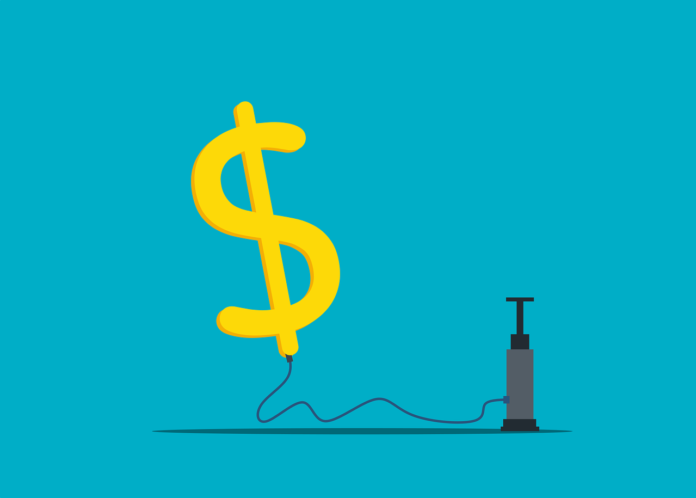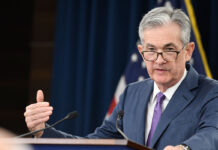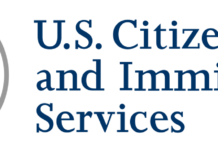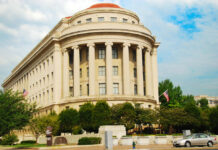For the second consecutive month, the Federal Reserve hiked interest rates by 75 basis points in an effort to slow soaring inflation, but at the cost of potentially devastating economic effects. Federal Funds Rate Target Increased to 2.25% – 2.50% on Wednesday(7/27/2) as policymakers respond to the hottest price pressures in 40 Years. The combined June and July hike of 150 basis points is the most since Paul Volcker’s price-control period of the early 1980s.
The Federal Open Market Committee(FOMC), in a statement issued in Washington, reaffirmed its “strong commitment to returning inflation to its 2 percent objective” and its “acute attentiveness to inflation threats.” The FOMC stated once again that it “anticipates that further increases in the target range will be acceptable” and would make changes to the policy if new concerns emerged that could prevent the organization from achieving its goals. Following the announcement, US equities continued to rise. Both the price of gold and the yield on short-term Treasuries soared, while the value of the dollar declined.
Officials are aggressively boosting interest rates to cool the economy, even though doing so risks tipping the country into recession after being criticized for misjudging inflation and being reluctant to respond. The US economy is feeling the effects of higher interest rates already. The sale of homes is a clear indicator of the consequences on the economy. A lot of analysts argue that it will require a recession with rising unemployment to considerably slow price growth, despite Fed claims that they can manage a “soft landing” for the economy and prevent a harsh slump. On Wednesday, the FOMC said that while “recent measures of spending and production have weakened,” job increases “have been robust in recent months, and the unemployment rate has remained low.”
The most recent hike brings interest rates close to what Fed officials consider to be “neutral,” the point at which they do nothing to stimulate or impede the economy. Officials predicted rates to rise to around 3.4% this year and 3.8% in 2023, according to projections made in mid-June. When the Federal Reserve meets again in September, investors will be looking to see if the central bank slows the pace of rate increases or, alternatively, is pressured by robust price gains to continue with super-sized hikes. The pricing of interest rate futures contracts earlier on Wednesday indicated that traders expected a half-point raise at the September 20-21 FOMC meeting. The experts predict that interest rates will reach a high of 3.4% this year, before beginning to fall in the second quarter of 2023.












